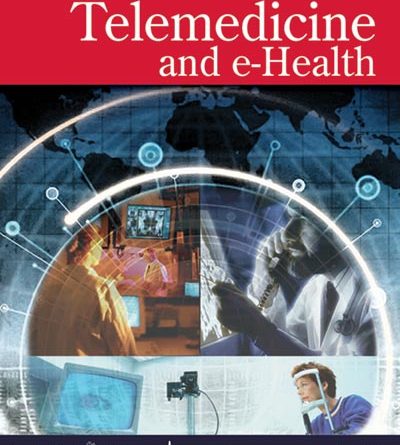Associations Between Patient–Provider Secure Message Content and Patients’ Health Care Visits
Background:Between-visit communications can play a vital role in improving intermediate patient outcomes such as access to care and satisfaction. Secure messaging is a growing modality for these communications, but research is limited about the influence of message content on those intermediate outcomes. We examined associations between secure message content and patients’ number of health care visits.
Methods:Our study included 2,111 adult patients with hypertension and/or diabetes and 18,309 patient- and staff-generated messages. We estimated incident rate ratios (IRRs) for associations between taxonomic codes assigned to message content, and the number of office, emergency department, and inpatient visits.
Results:Patients who initiated message threads in 2017 had higher numbers of outpatient visits (p < 0.001) compared with patients who did not initiate threads. Among patients who initiated threads, we identified an inverse relationship between outpatient visits and preventive care scheduling requests (IRR = 0.92; 95% confidence interval [CI]: 0.86–0.98) and requests for appointments for new conditions (IRR = 0.95; 95% CI: 0.92–0.99). Patients with higher proportions of request denials or more follow-up appointment requests had more emergency department visits compared with patients who received or sent other content (IRR = 1.18; 95% CI: 1.03–1.34 and IRR = 1.14; 95% CI: 1.07–1.23, respectively). We identified a positive association between outpatient visits and the proportion of threads that lacked a clinic response (IRR = 1.02; 95% CI: 1.00–1.03).
Discussion:We report on the first analyses to examine associations between message content and health care visits.
Conclusions:Our findings are relevant to understanding how to better use secure messaging to support patients and their care.


